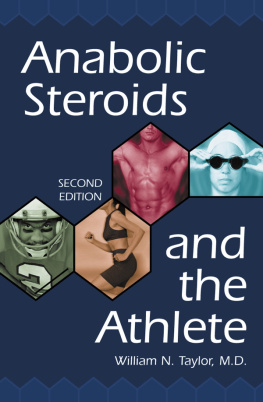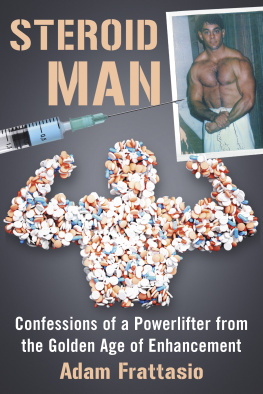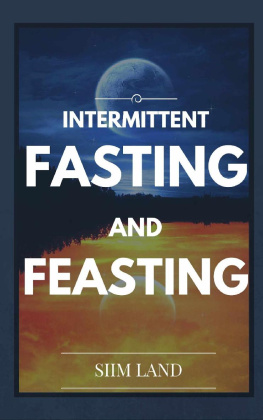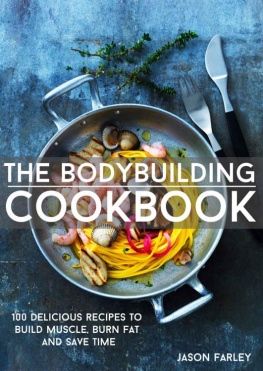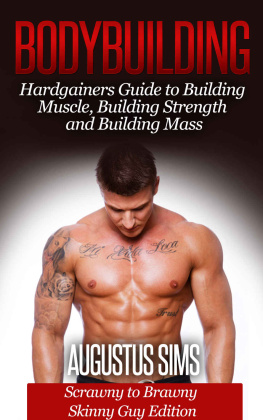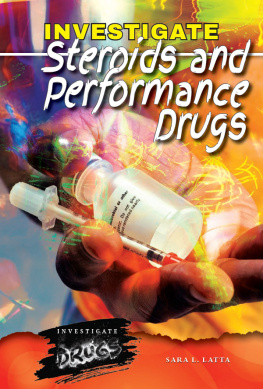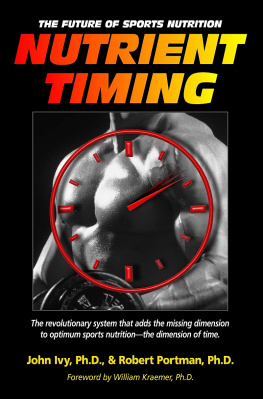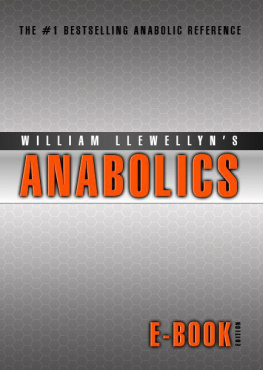
Table of Contents
ALSO BY WILLIAM N. TAYLOR, M.D. AND FROM MCFARLAND
Anabolic Therapy in Modern Medicine
(2002)
Osteoporosis:
Medical Blunders and Treatment Strategies
(1996)
Macho Medicine:
A History of the Anabolic Steroid Epidemic
(1991)
Hormonal Manipulation:
A New Era of Monstrous Athletes
(1985)
Marathon Running:
A Medical Science Handbook
(1982)
Library of Congress Cataloguing-in-Publication Data
Taylor, William N.
Anabolic steroids and the athlete / William N. Taylor2d ed.
p. cm.
Includes bibliographical references and index.
ISBN 0-7864-1128-7
1. Doping in sports. 2. Anabolic steroids. I. Title.
[DNLM: 1. Anabolic steroids. 2. Sports medicine.]
RC1230.T39 2002
362.29'088'796dc21 2001044927
British Library cataloguing data are available
2002 William N. Taylor. All rights reserved
No part of this book may be reproduced or transmitted in any form or by any means, electronic or mechanical, including photocopying or recording, or by any information storage and retrieval system, without permission in writing from the publisher.
Cover images 2001 Digital Stock
McFarland & Company, Inc., Publishers
Box 611, Jefferson, North Carolina 28640
www.mcfarlandpub.com
To the two most important people in my life:
my son, William N. Taylor, III (Nathan),
and my wife, Judith Jones Taylor.
Life without them
would be just going through the motions.
Their support of my efforts in writing this book
has been invaluable.
Acknowledgments
I would like to thank the following people for their major contributions and encouragement:
Robert O. Voy, M.D., former chief medical officer for the United States Olympic Committee Drug Control Program, for choosing me to serve as physician crew chief under his direction and guidance during the 19851988 quadrennial, and for his decision to be the first medical doctor to support my proposal to have anabolic steroids reclassified as Class III narcotics under federal law. These drugs were the first class of drugs ever added to the Federal Controlled Substance Act since its inception in 1970. His continued courageous insight and inspiration have contributed to helping countless athletically inclined people who have never set foot in his medical office.
Robert W. Brown, M.D., former president of the American League of Professional Baseball Clubs, for his courage in promoting my lectures in the late 1980s that I presented to most of the major league baseball teams during the Grapefruit League spring training schedule and to the November 1990 meeting of team owners, managers, and league officials. What an opportunity it was to educate people and to discuss this topic with the nations professional baseball players.
The countless pharmaceutical representatives, district managers, and regional managers of Pfizer Pharmaceuticals, who promoted and supported my lecture series Drug Issues in Sports Medicine for the continuing medical education of the nations physicians. Thanks for showing me the best of Americas landscape in every state.
Dewey and Bea Liston for their financial and other forms of support of this project.
Preface
This book is the second edition of one that I wrote 20 years ago. I never intended to write a second edition, but so much has happened with the topic over the past two decades that I felt that a new edition could be more instructive to a readership of expanded numbers and expanded interest.
In the original edition, I attempted to strike a balance between the athletes use and the physicians knowledge. For the most part, I succeeded. For instance, the athletes felt that the book was a valid representation of their steroid use and provided physicians knowledge of the results of this use. Moreover, many physicians felt that the book educated athletes as to the risks of anabolic steroid abuse. The original edition was well received by both the athletic and medical communities.
The continuing controversies and mistakes that have plagued the scientific advancements associated with anabolic steroids are perhaps unparalleled in medical history. Testosterone and other anabolic steroids are powerful hormones, both for medical applications and for abuse by athletes who are searching for ways to enhance muscle mass and strength. Describing both the medical applications and the athletic abuse is one of the major goals of this book; distinguishing between the two is another.
Like the first edition, this new version also contains a chapter on the athletic abuse of human growth hormone. This updated version reveals the major problem of athletic use of growth-stimulating hormones in competitive sports. Detailed in this chapter are the reasons behind my continued efforts to have all growth-stimulating hormones reclassified as controlled substances.
Historical Perspectives
I first became interested in anabolic steroids around 1979 when I was in my second year of medical school. My medical training had taught me that anabolic steroids were mere placebos when used by athletes. The consensus among athletes, however, was that anabolic steroids were powerful muscle-building drugs. These two views were diametrically opposed. My review of the scientific literature and observations with strength-training athletes quickly convinced me that medical school had failed me on this issue. The athletes were correct, and their view was actually supported by the scientific studies conducted on experienced weightlifters.
Medical school also taught me that anabolic steroids had little or no use as drug therapy in patients. After an extensive review of the scientific literature, I felt certain that anabolic steroid therapy could be useful to many patients. Again, my formal medical education seemed to have failed me.
As I pondered this situation, it was difficult for me to accept that conflicting views about anabolic steroids had created this quandary. I could envision new medical modalities that focused on rehabilitating ill patients by prescribing anabolic agents to help them return to an independent lifestyle. Yet I could also see the athletic and bodybuilding abuse of anabolic steroids escalating. Many athletes knew more about anabolic steroids than the majority of the physicians did. How could I help stop the abuse of anabolic steroids and still help promote and preserve their future medical uses?
I developed a plan. The first step was to try to bring anabolic steroid using athletes together with physicians to reexamine the scientific literature indicating that anabolic steroid use combined with adequate dietary protein intake and strength training did indeed enhance muscle mass and strength. I illustrated this concept in my 1982 book Anabolic Steroids and the Athlete. I was the first medical doctor to speak out with such a bold premise and support it using the scientific literature. The first step was accomplished in 1984 when my input help revise the official position of the American College of Sports Medicine on anabolic steroids.
The second step would take a congressional act to accomplish: reclassification of anabolic steroids as controlled substances under federal law. My 1985 book, Hormonal Manipulation: A New Era of Monstrous Athletes, helped launch the public and professional momentum to accomplish this goal. When Congress held hearings in the late 1980s on the subject, this book was submitted into the Congressional Record by Henry A. Waxman, who chaired the hearings in the House of Representatives. On November 30, 1990, President George Bush signed the bill that reclassified anabolic steroids as Schedule III narcotics under the 1970 Federal Controlled Substance Act. A history of this step is detailed in my 1991 book
Next page
